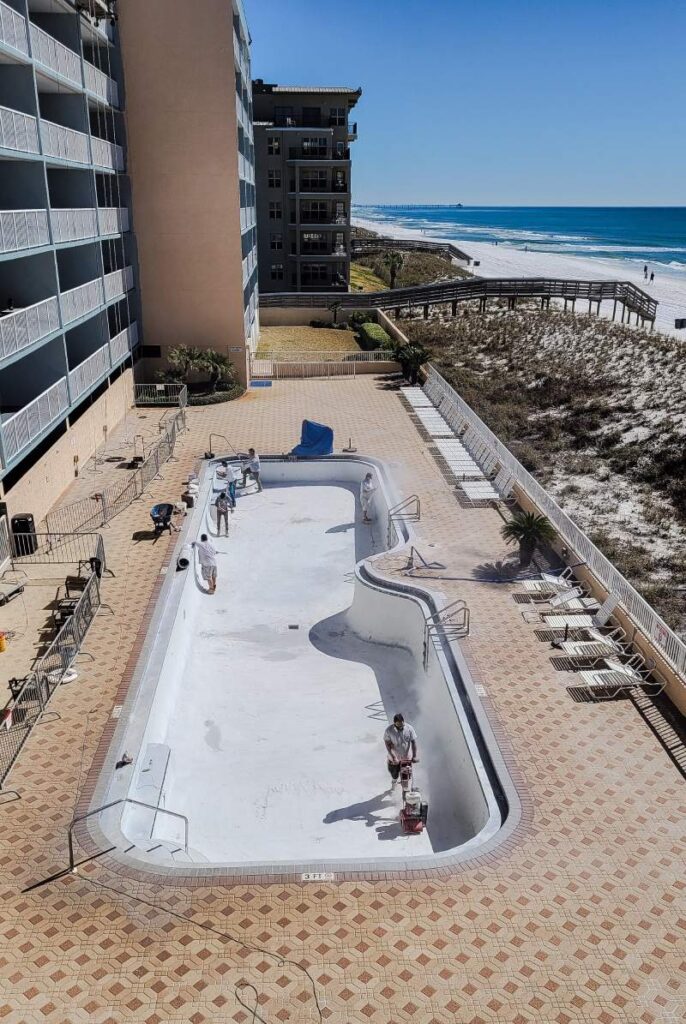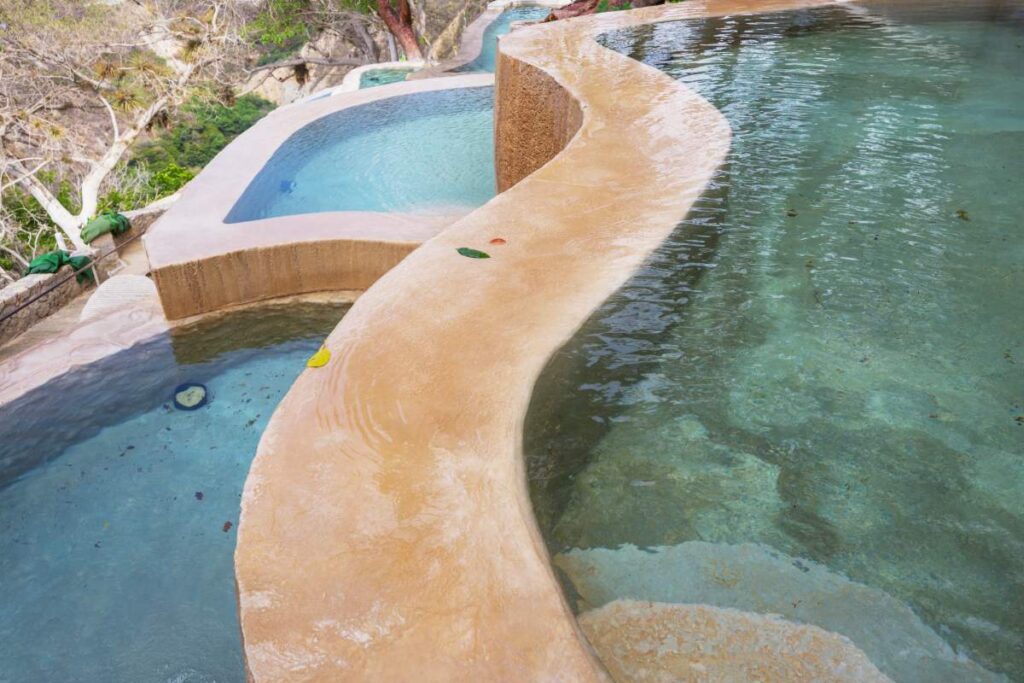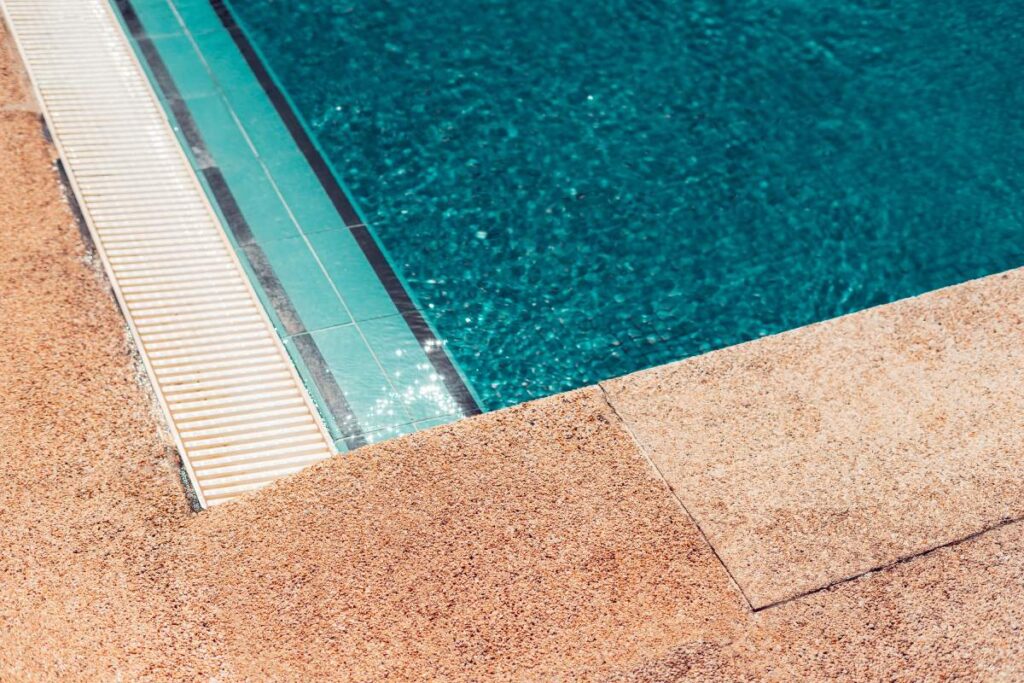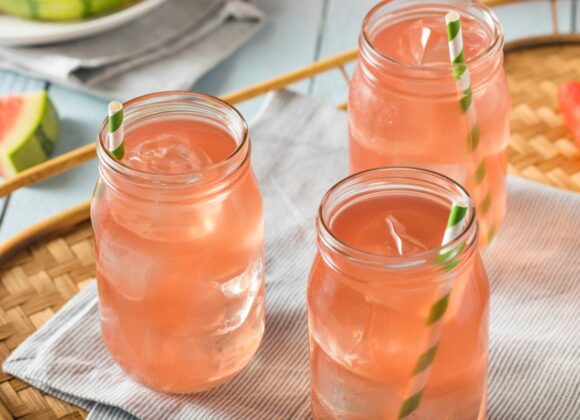Resurfacing your pool is an essential maintenance step to keep it looking beautiful and functioning well for years to come. Whether your pool is showing signs of wear, such as cracks or discolouration, or you simply want to refresh its appearance, choosing the right resurfacing material can make a big difference in durability, aesthetics, and cost.
From affordable options like epoxy paint to more durable finishes such as plaster or fibreglass, understanding the pros and cons of each method helps you make an informed decision. Additionally, knowing how long to wait before using your pool after resurfacing is crucial to ensure a long-lasting result.
More to read:
What is the Best Type of Pool Resurfacing?
When your pool starts looking worn out, discoloured, or develops cracks, it’s time to consider resurfacing. Pool resurfacing not only refreshes the look of your pool but also helps extend its lifespan. There are several types of pool resurfacing materials, each with its benefits and drawbacks.
Here’s an easy guide to help you understand which type of pool resurfacing might be best for you.
1. Plaster
Plaster is one of the most common and affordable options for resurfacing pools. It is a mixture of cement, sand, and water, which creates a smooth surface. Many people choose plaster because it’s cost-effective and lasts around 7 to 10 years.

Pros:
- Affordable
- Available in various colours
- Creates a smooth surface
Cons:
- Prone to staining over time
- May feel rough after a few years
- Not as long-lasting as other materials
2. Aggregate (Pebble Finish)
Aggregate finishes are a popular upgrade from traditional plaster. This type of finish mixes plaster with small pebbles or glass beads, creating a textured, attractive look. Aggregate finishes come in two types: exposed and polished.
- Exposed aggregate reveals the pebbles for a more textured surface.
- Polished aggregate smooths out the surface, giving a more luxurious feel.
Pros:
- Highly durable (can last 15-20 years)
- Customizable with different colors and textures
- Resistant to staining and chemicals
Cons:
- More expensive than plaster
- Can feel rough on bare feet with exposed aggregate
3. Fiberglass
Fibreglass resurfacing involves applying a layer of fibreglass coating over the existing pool surface. It creates a strong, waterproof, and smooth finish. Fiberglass resurfacing is great for sealing leaks and cracks, and it requires less maintenance over time.
Pros:
- Smooth, non-porous surface (prevents algae growth)
- Long-lasting (can last 20-30 years)
- Low maintenance and easy-to-clean
- Resistant to chemicals and staining
Cons:
- More expensive than plaster and aggregate
- Can be slippery when wet
4. Tiles
Tile finishes are known for their luxury and elegance. While they are the most expensive option, they offer a beautiful and durable surface. There are different types of pool tiles to choose from, such as ceramic, porcelain, or glass. Tiles can cover the entire pool or be used just around the waterline for decoration.
Pros:
- Extremely durable and long-lasting
- Completely customizable with patterns and designs
- Resistant to fading, staining, and chemicals
Cons:
- Expensive to install and repair
- Takes longer to install compared to other options
5. Epoxy Paint
If you’re looking for a more budget-friendly option for resurfacing, epoxy paint can be a short-term solution. It is often used for older pools that need a quick refresh, but it’s not as durable as other options.
Pros:
- Affordable
- Easy to apply
- Quick solution to refresh pool appearance
Cons:
- Only lasts 2-5 years
- Prone to chipping and peeling over time
Which Type is Best?
The “best” type of pool resurfacing depends on your budget, the look you want, and how long you expect it to last. If you’re looking for affordability, plaster is a solid option. For long-lasting durability and a more elegant look, aggregate or fibreglass are great choices. For a luxurious, custom design, tiles offer unmatched beauty and longevity. If you’re on a tight budget and need a quick fix, epoxy paint might work, though it’s not a long-term solution.

What is the Cheapest Way to Resurface a Pool?
The cheapest way to resurface a pool is by using epoxy paint. Epoxy paint is a budget-friendly option that can give your pool a fresh, clean appearance without the high costs associated with other resurfacing materials. However, while it’s an affordable choice, it is not as durable or long-lasting as some other methods.
Why Epoxy Paint is Cheap
- Low Material Costs: Epoxy paint is much less expensive than materials like plaster, tiles, or aggregate finishes.
- DIY-Friendly: You can apply epoxy paint yourself if you’re comfortable with some basic DIY skills, saving you the cost of hiring professionals.
- Fast Application: The process is quicker, meaning fewer labour costs if you do hire someone to do it.
Downsides to Consider
While epoxy paint is cost-effective, it’s important to know that it’s a temporary solution. It typically lasts 2 to 5 years before it starts to fade, chip, or peel, which means you may need to repaint more frequently than if you used a more durable material like plaster or aggregate.
Other Affordable Options
- Plaster: If you want something more durable but still relatively affordable, plaster resurfacing is another option. While it costs more than epoxy paint, it lasts longer, around 7 to 10 years, and offers a smoother finish.

How Soon Can You Swim in Pool After Resurfacing?
After resurfacing a pool, you’ll need to wait a certain amount of time before you can safely swim. The exact time varies depending on the type of resurfacing material used. Here’s a general guide for each type:
1. Plaster
For pools resurfaced with plaster, you usually need to wait 7 to 10 days before swimming. During this time, the plaster needs to cure properly. It’s important to follow the pool contractor’s instructions for maintaining water chemistry during the curing process to avoid damaging the new surface.
2. Aggregate (Pebble Finish)
Similar to plaster, pools with aggregate finishes need 7 to 10 days for curing. You should also carefully maintain the pool’s water balance during this period to help the surface set correctly.
3. Fiberglass
Fiberglass resurfacing requires less curing time compared to plaster or aggregate finishes. Generally, you can swim within 3 to 7 days after the resurfacing is completed, depending on the specific type of fibreglass coating used.
4. Tiles
If your pool has been resurfaced with tiles, the wait time depends on the type of adhesive and grout used. Most tile resurfacing projects require 7 to 10 days for the grout to fully set and dry before it’s safe to swim.
5. Epoxy Paint
With epoxy paint, the curing time is relatively short. You can typically swim 5 to 7 days after the paint is applied, once it has fully dried and hardened.
Why Wait?
Waiting is essential because the resurfacing material needs time to properly bond, harden, and cure. Swimming too soon could damage the new surface or disrupt the curing process, which might lead to peeling, cracking, or staining.
Tips During the Waiting Period:
- Keep the water balanced as per your pool contractor’s advice.
- Avoid filling the pool too quickly or introducing chemicals too early.
- Brush the pool surface daily (especially for plaster or aggregate finishes) to prevent dust buildup.
Conclusion
When it comes to pool resurfacing, there are options to fit every budget and need. Epoxy paint is the cheapest way to refresh your pool, while plaster offers a cost-effective balance of durability and appearance. For those seeking luxury, tile finishes or aggregate surfaces provide long-lasting beauty.
No matter which option you choose, it’s important to allow the material to fully cure before swimming. Waiting the proper amount of time ensures that your pool’s new surface will last, keeping your investment in great condition for years to come.
If you’re thinking it might be time for your pool resurfacing project but aren’t quite sure, contact West Coast Pool Resurfacing might be your perfect solution. They offer consultations to help you better understand your pool’s condition and guide you on the best steps to take next. By working with experts, you’ll have peace of mind that your pool resurfacing project is in good hands, ensuring your investment stays in top shape for years to come.






